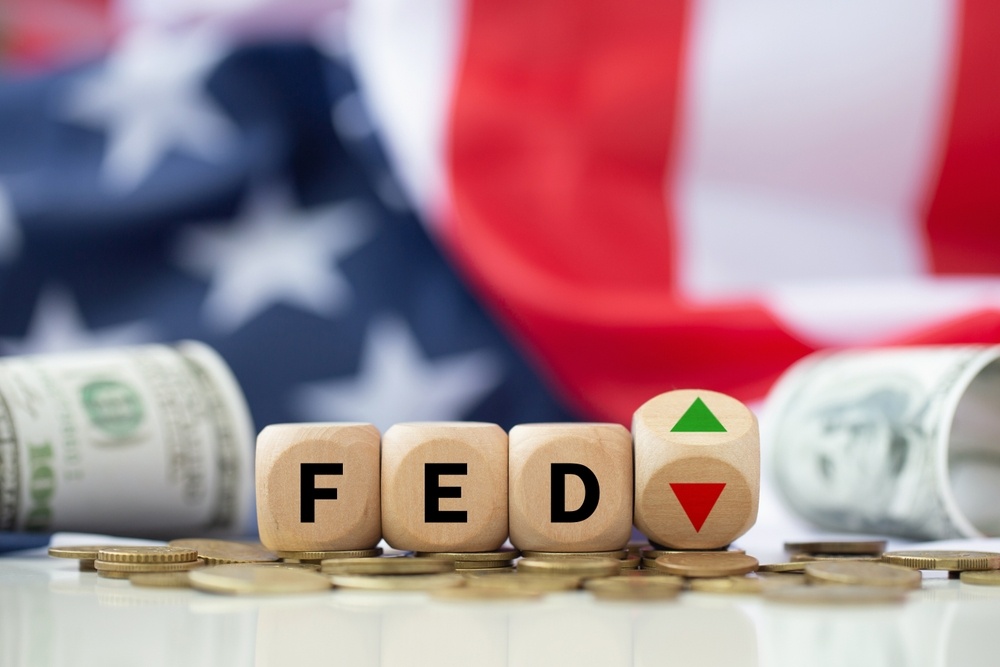为何美联储敢一次降息50个基点?背后潜藏两大主因
此次美联储一次性降息50个基点,其实背后藏着两个主要原因,分别是“利率正常化的曲线”及“失业率预期上升”。

此次美联储一次性降息50个基点,其实背后藏着两个主要原因,分别是“利率正常化的曲线”及“失业率预期上升”。
利率正常化的曲线指的是美联储在7月就业报告数据显示疲弱时,就有降息的打算了,然而,却因为7月FOMC会议早在就业报告数据公布前就已经开完,并且决议不降息,因此美联储将当时应该降息的幅度考虑进本次降息之中,故最终决定降息50个基点。
美联储主席鲍威尔在记者会中提到,若决策者在7月会议时已知7月的就业报告数据表现疲弱,他们可能会在当时就决定降息。他强调,即使如此,今日大幅降息50个基点显示了美联储“承诺不会落后”于利率正常化的曲线,并形容这次降息是“一个强力的动作”,反映出美联储在面对经济放缓时,愿意采取积极的应对措施以保持经济稳定。
失业率预期上升是来自美联储的最新预测。美联储的最新经济预测显示,2024年底的失业率预期将上升至4.4%,高于当前的4.2%,反映出经济增长放缓可能对就业市场带来压力。因此美联储认为有降息50个基点的必要,以促进经济,提振就业市场。
即便如此,鲍威尔仍对美国经济前景保持信心,认为劳动市场仍接近充分就业的状态,并有信心避免失业率大幅上升。未来几年经济增长率预测为2%,显示美联储认为经济增长将保持稳定,但速度不会过快。
美联储这次将基准利率降息50个基点,超出部分市场预期。原本市场对于降息25个基点或50个基点的预期各占一半,最终降息50个基点反映出美联储对通胀和经济状况的权衡。鲍威尔强调,这并不代表未来降息的固定步调,未来政策将依据经济数据进行调整。
美联储在更新的利率点阵图中指出,预计今年11月和12月的会议中将再降息50个基点,也就是说每次会议可能会各降25个基点。此外,明年预计再降息100个基点,表明美联储未来有持续放松货币政策的可能。长期来看,利率终点可能会落在2.75%到3%区间,而不会回到疫情前的超低水平。
美联储降息后,美国股市和国债价格出现上扬,美元走弱。然而,鲍威尔在记者会中表示不急于进一步宽松货币政策,这导致股市最终回吐早前涨幅。标普500指数和那斯达克综合指数分别下跌0.3%,国债收益率波动不大,显示市场的反应主要是“买在传闻,卖在事实”的现象。美联储的降息虽然短期内对市场形成支撑,但投资者对未来经济增长的长期不确定性仍感到谨慎。
值得注意的是,这次降息决策中出现了自2005年以来首次FOMC成员的反对票,这是自2005年以来首次有FOMC成员对利率决策提出异议。
美联储理事Michelle Bowman投票支持降息25个基点,而非50个基点。她在先前多次表示,通胀尚未完全受到控制,应该谨慎降息,避免过于激进的宽松政策。鲍威尔在记者会上也承认委员会内部存在异议,但强调整体决策获得了广泛支持,并且决策者对于长期目标仍有一致共识。
免责声明:本文观点来自原作者,不代表Hawk Insight的观点和立场。文章内容仅供参考、交流、学习,不构成投资建议。如涉及版权问题,请联系我们删除。